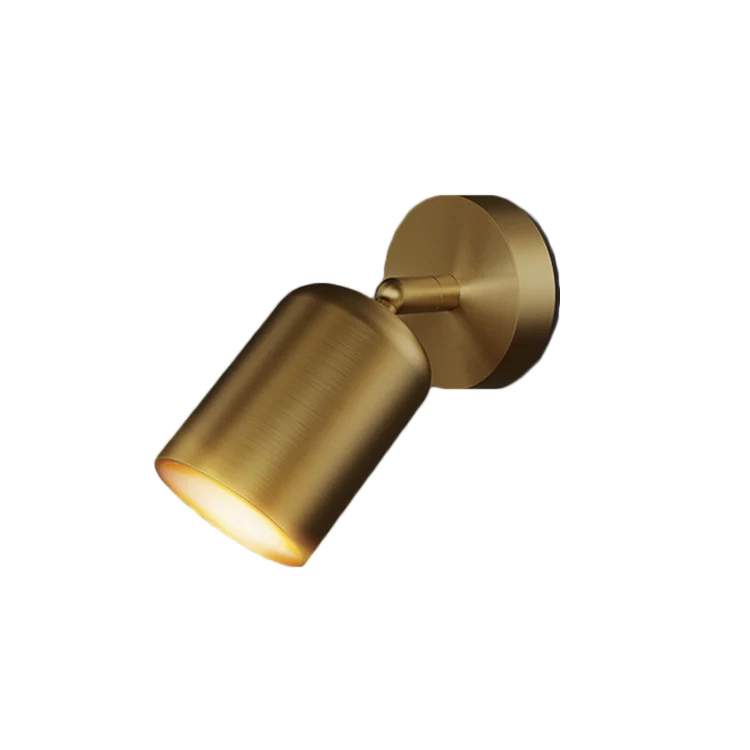LEAFLETS
PRODUCTS
Improve Your Focus With The Right Desk Lamp Light
Understanding the Impact of Light on Focus
Our brains are intricately connected to the light-dark cycle, a natural rhythm that governs our circadian rhythm. This rhythm regulates various bodily functions, including sleep-wake cycles, hormone release, and cognitive performance. Exposure to bright, white light during the day suppresses melatonin production, keeping us alert and focused. Conversely, dim or blue-light-rich light in the evening can disrupt this cycle, leading to sleep problems and diminished cognitive function the following day. Therefore, selecting a desk lamp that mimics natural daylight is crucial for maintaining optimal focus throughout the workday.
Beyond circadian rhythm regulation, the color temperature of light also plays a significant role in focus. Color temperature is measured in Kelvin (K). Lower Kelvin values (around 2700K) produce warmer, yellowish light, while higher values (around 6500K) create cooler, bluer light. Warmer light is generally more relaxing and suitable for evening activities, while cooler light is more energizing and better suited for tasks requiring concentration. The ideal color temperature for a desk lamp lies somewhere in between, offering a balance of alertness and comfort.
The intensity of light, or illuminance measured in lux, is another critical factor. Insufficient light can strain your eyes, leading to headaches and fatigue, ultimately hindering your focus. Conversely, excessively bright light can be just as detrimental, causing glare and discomfort that distract from your work. The optimal illuminance level depends on the task at hand; close work like reading or writing requires higher illuminance levels compared to broader tasks.
Choosing the Right Color Temperature
As mentioned earlier, the color temperature of your desk lamp significantly influences your focus and mood. While a purely subjective preference, most studies suggest that a color temperature between 4000K and 5000K offers an ideal balance for daytime work. This range mimics the color temperature of natural daylight, promoting alertness and minimizing eye strain. A color temperature below 4000K may feel too warm and potentially lead to drowsiness, while a color temperature above 5000K might appear too harsh and cold, causing discomfort.
Consider the environment in which you'll be using the lamp. If your office has a generally dark or dimly lit atmosphere, a slightly warmer light (closer to 4000K) might be preferable to compensate. Conversely, if your workspace is already brightly lit by natural light, a cooler light (closer to 5000K) might be a better choice to avoid overexposure to bright light.
Experimentation is key. If possible, try out different color temperatures before committing to a purchase. Many desk lamps offer adjustable color temperature settings, allowing you to find the perfect balance for your personal preferences and workspace environment. Don't hesitate to adjust the settings throughout the day to match your changing needs and energy levels.
Considering Light Intensity and Flicker
The intensity of light, measured in lux, is directly related to visibility and comfort. A dimly lit workspace can lead to eye strain, headaches, and reduced concentration. Aim for a desk lamp that provides sufficient illuminance for your tasks. A general recommendation is to maintain a minimum of 500 lux on your working surface. However, the ideal illuminance level will depend on individual preferences and the specific task. Close-up work, like reading or detailed drawing, will generally require higher illuminance than broader tasks.
Beyond intensity, the presence of flicker is another important consideration. Flicker, even at imperceptible levels, can cause eye strain and headaches, leading to fatigue and reduced concentration. Opt for desk lamps with high-quality LEDs that deliver consistent, flicker-free light. Look for lamps with high CRI (Color Rendering Index) ratings; a higher CRI indicates more accurate color reproduction, making your work appear more natural and less straining on your eyes.
Furthermore, the placement of your desk lamp is crucial for optimizing its effectiveness. Position the lamp to avoid direct glare in your eyes and to illuminate your workspace evenly. Avoid harsh shadows that can strain your eyes and disrupt your focus. Experiment with the lamp's position to find the most comfortable and efficient angle for your workspace setup.
Beyond the Technical Specifications: Choosing the Right Lamp Type
While color temperature and intensity are crucial, the overall design and features of the desk lamp also play a role in improving focus. Consider the lamp's size and adjustability. A flexible arm allows you to direct the light precisely where you need it, minimizing glare and shadows. A lamp with a weighted base provides stability, preventing accidental knocks and disruptions to your work.
Think about the style and aesthetics of the lamp. A visually appealing lamp can contribute to a more pleasant and productive workspace. Choose a lamp that complements your personal style and enhances the overall aesthetic of your office or home office. A well-designed lamp can become a focal point, adding a touch of personality and sophistication to your workspace.
Finally, consider energy efficiency. LEDs are a highly energy-efficient option, consuming significantly less energy than incandescent or fluorescent bulbs. Choosing an energy-efficient desk lamp not only reduces your environmental impact but also saves you money on electricity bills in the long run. By considering these factors – color temperature, intensity, flicker, lamp type, and energy efficiency – you can choose a desk lamp that significantly improves your focus and creates a more productive and enjoyable workspace.
SUBSCRIBE
INQUIRY










